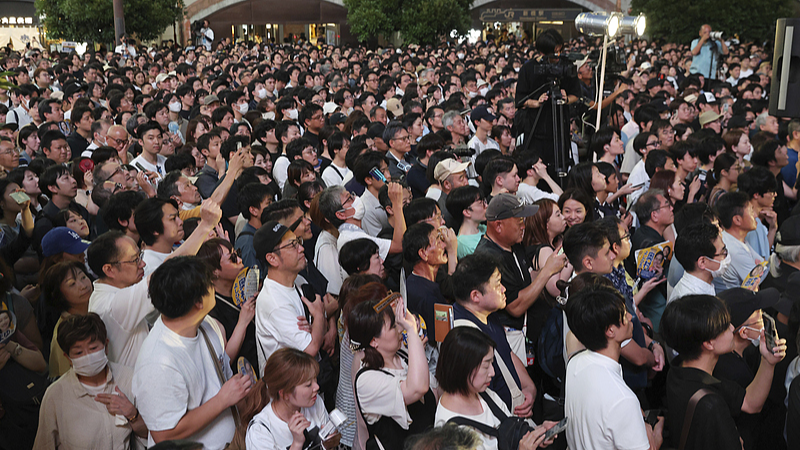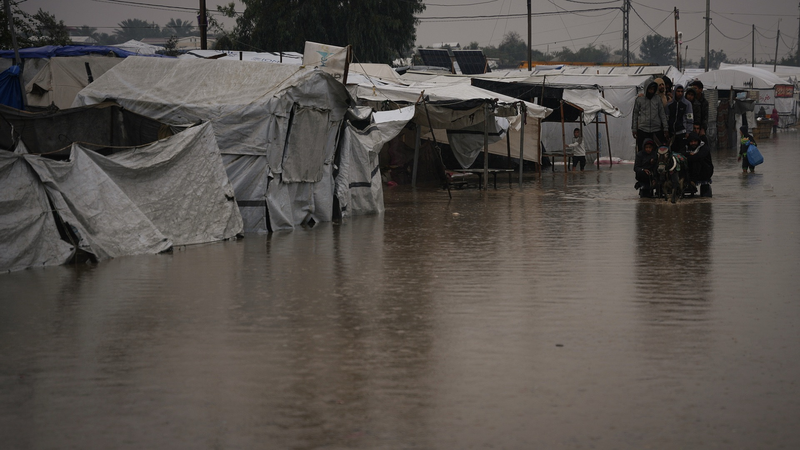As dawn broke across Japan this Sunday, voting opened for the House of Councillors election, kicking off a high‐stakes contest between the ruling coalition and opposition camps. With 522 candidates vying for 125 seats, all eyes are on whether Prime Minister Shigeru Ishiba’s bloc can hold its slim grip on power.
The 248‐member upper house sees half of its seats up for grabs every three years. This year, 125 seats—including one that fills a vacancy—are on the ballot. The Liberal Democratic Party and its coalition partner Komeito already control 75 seats that aren’t up for election, meaning they need to win at least 50 more to keep their parliamentary majority.
Maintaining those 50 seats would secure a majority, but the coalition enters the vote with shaky public support. Voters have grown wary amid rising consumer prices and hefty U.S. tariffs on key exports. Ishiba himself has warned that the challenge is anything but easy.
The stakes go beyond a single chamber. In October 2024, the ruling bloc lost its majority in the more powerful lower house, forcing Ishiba to lead Japan’s first minority government in over 30 years. Failure to retain an upper house majority could make governing—and passing critical economic or sustainability measures—a near‐impossible task.
Global observers—from international investors to digital nomads and young tech entrepreneurs—will be watching closely. The results will shape everything from trade policy to climate initiatives and Japan’s role on the world stage.
Reference(s):
cgtn.com




